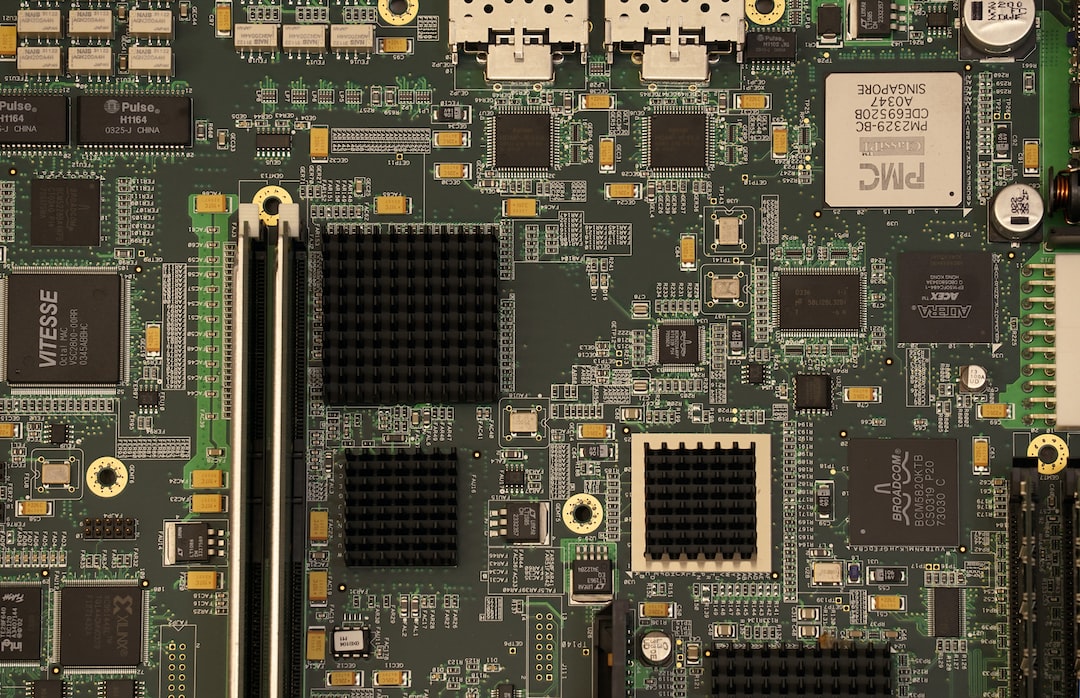The Future of Robotics: Automation and Job Disruption
In recent years, the field of robotics has experienced significant advancements, ushering in a new era of automation that holds great potential but also sparks concerns about job disruption. As robots become increasingly sophisticated and capable, the question arises: what will the future of work look like in a world where automation is prevalent?
The potential benefits of automation are manifold. Robots can perform tasks with greater precision, speed, and efficiency than humans. They are also better suited for dangerous and repetitive tasks that humans may find tedious or unsafe. As a result, automation has the potential to revolutionize industries such as manufacturing, logistics, and healthcare, among others.
One major concern surrounding the rise of automation is the potential for job displacement. The fear is that robots will replace humans in various job roles, leading to mass unemployment and social upheaval. While it is true that some jobs will undoubtedly be rendered obsolete by automation, history has shown that new technologies lead to the creation of new job opportunities as well.
The key lies in adapting and reskilling the workforce to meet the demands of the future. As robots take over certain tasks, humans can focus on higher-level skills that require emotional intelligence, creativity, and critical thinking. Instead of viewing automation as a threat, society should embrace it as an opportunity to redefine work and explore new avenues for human endeavor.
One sector that could see significant disruption due to automation is transportation. The advent of self-driving cars and trucks has the potential to eliminate the need for human drivers, resulting in job losses for millions of people worldwide. However, this also opens up possibilities for new careers in areas such as designing and maintaining autonomous vehicles, managing transportation logistics, and developing software and algorithms to enhance vehicle performance and safety.
Similarly, the healthcare industry stands to benefit greatly from robotics and automation. Surgical robots can perform intricate procedures with greater precision and dexterity than human surgeons, reducing the risk of human error. The use of robotic caregivers can also help alleviate the burden on healthcare professionals, particularly in areas with an aging population where the demand for care exceeds the supply of available workers.
Another area where robotics can make a substantial impact is in agriculture. Automated robots can be used for planting, weeding, and harvesting crops, reducing the need for manual labor and increasing agricultural productivity. This can help address issues such as food scarcity and agricultural labor shortages while also allowing farmers to focus on other aspects of their operations, such as data analysis and crop management.
While the potential benefits of robotics and automation are clear, it is essential to address the concerns about job disruption. Governments, educational institutions, and businesses must work together to implement policies and initiatives that ensure a smooth transition and provide support for workers affected by automation.
This could include offering retraining programs that equip individuals with the skills needed for new job roles, promoting entrepreneurship and innovation to stimulate job creation, and implementing social safety nets to support those who may struggle to find employment in the new automated economy.
In conclusion, the future of robotics holds great potential for improving efficiency, productivity, and safety across various industries. Automation will undoubtedly disrupt certain job roles, but it also presents opportunities for humans to evolve and focus on higher-level skills. By embracing automation and investing in reskilling initiatives, society can ensure a smooth transition and harness the benefits of robotics while mitigating the adverse effects of job disruption. The future of work may be different, but with the right approach, it can be a future of innovation, collaboration, and enhanced human potential.

